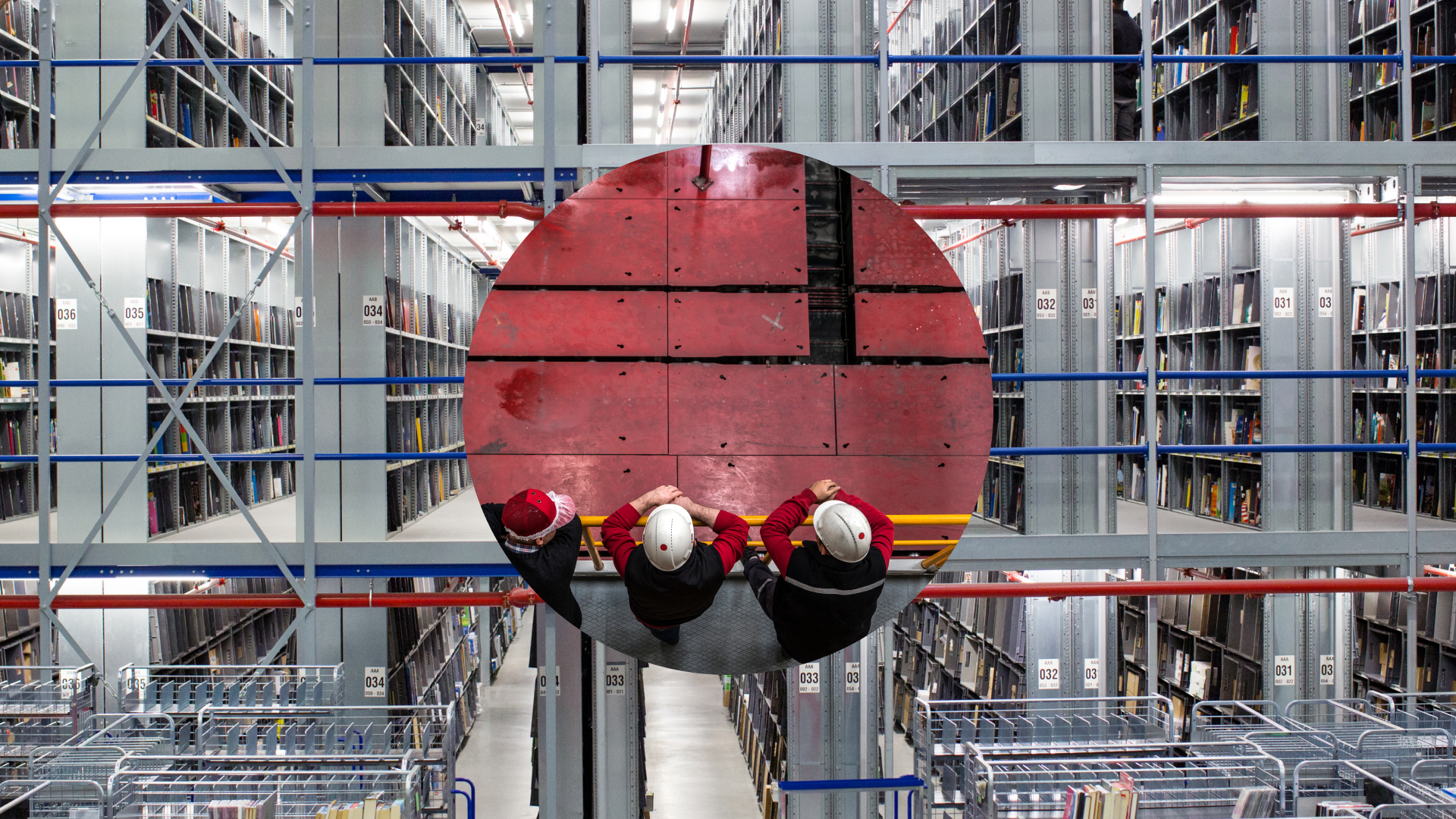Put data and AI to work across your enterprise operations.
Today’s technology infrastructures weren’t designed for cross-organizational efficiency. Because of this issue, most organizations struggle with how to maximize their critical assets’ value throughout their lifecycle. But you can only manage what you can measure—and that means data is now the single most important resource available to you. With profitability, efficiency and customer loyalty at stake, as well as environmental, social and governance (ESG) goals to be met, data can make or break your competitive advantage.
No matter what sector your operations serve, whether it’s automotive, medical facilities (2:30), civil infrastructure (02:29) or other industries, the core challenge is the same: you need to monitor and measure how asset performance affects business before defects and anomalies cause problems, and manage responses accordingly. And the only way to determine asset performance is to have a clear view of the data it generates.
Every aspect of your operations, including all your critical assets and resources, has the potential to be connected, monitored, managed and optimized using technology.
With data confined in silos and complex systems running critical infrastructures, it’s no surprise that while the volume of data has never been greater, the value of data hasn’t been maximized.
Every aspect of your operations, including all your critical assets and resources, has the potential to be connected, monitored, managed and optimized using technology. And with the pressing focus on running a sustainable business, the ability to confidently capture, document, manage and disclose ESG data to stakeholders must come within reach quickly.
That’s where intelligent asset management (IAM) comes in. IAM puts data and AI to work to optimize critical asset performance and automate enterprise operations. By harnessing the power of data and AI, you can more easily monitor, predict and increase asset reliability through self-optimizing operations.
Plus, successful ESG goals rely on disciplined data management. This process, in turn, requires a single system of record management.
It all sets the foundation for applying actionable insights so that you can increase efficiency, extend asset lifecycles, and reduce downtime and costs—all while building resiliency and sustainability into your business.
IAM provides the foundation for you to measure, manage, monitor and maintain your assets and operational strategy. It can apply to physical assets, facilities, people and products. IAM becomes your platform for optimal collaboration, integration and analytical insights.

Build sustainability and resiliency into your business
Traditionally, unlocking the answers you needed to build agility and resiliency throughout your business required access to mountains of disparate data, along with the technology and acumen to extract actionable insights.
But with an IAM approach, you can tame the chaos by providing your team access to data, workflows and insights that they can use to make smarter decisions with the help of AI.
According to the new CIO study1 from IBM, plans are in place for more data-intensive investments over the next three years like AI, IoT, edge and automation. This data is needed for insights to transform business, but with such a large volume of data, these insights often remain hidden. Decoding data is paramount.
If you don’t have a system established to capitalize on operational data, you’ll find that maintenance operations are inefficient and production processes are poor.
Instead of being focused on stabilizing operational downtime and defects, you can use IAM to get the data that will help you determine the root causes.
This method will turn your operations from a reactive, break/fix model into a proactive predict, address and avoid downtime model.
And with that level of control, you’ll save time, cut costs and optimize performance.



